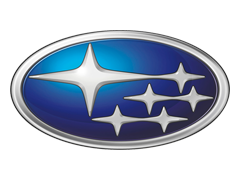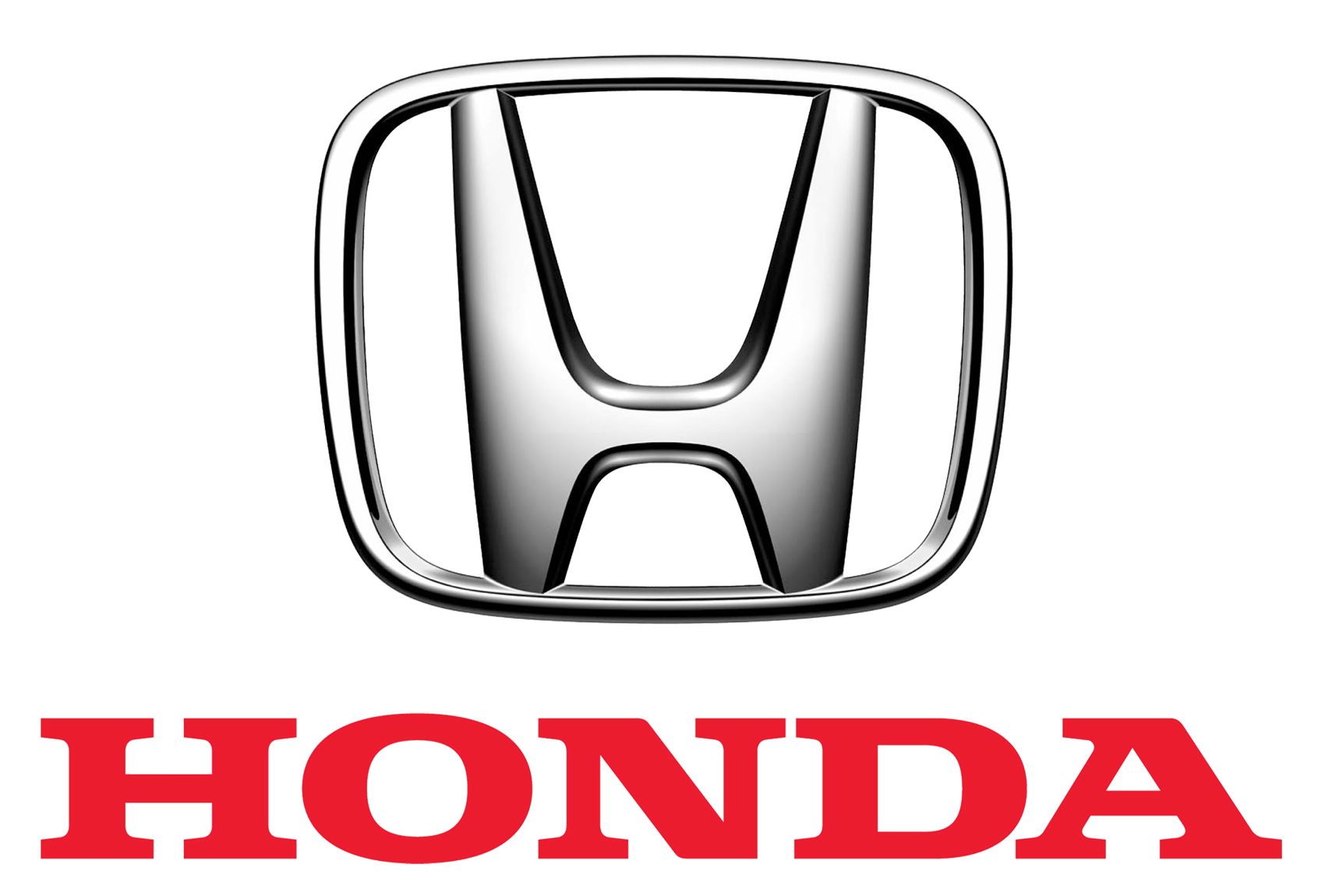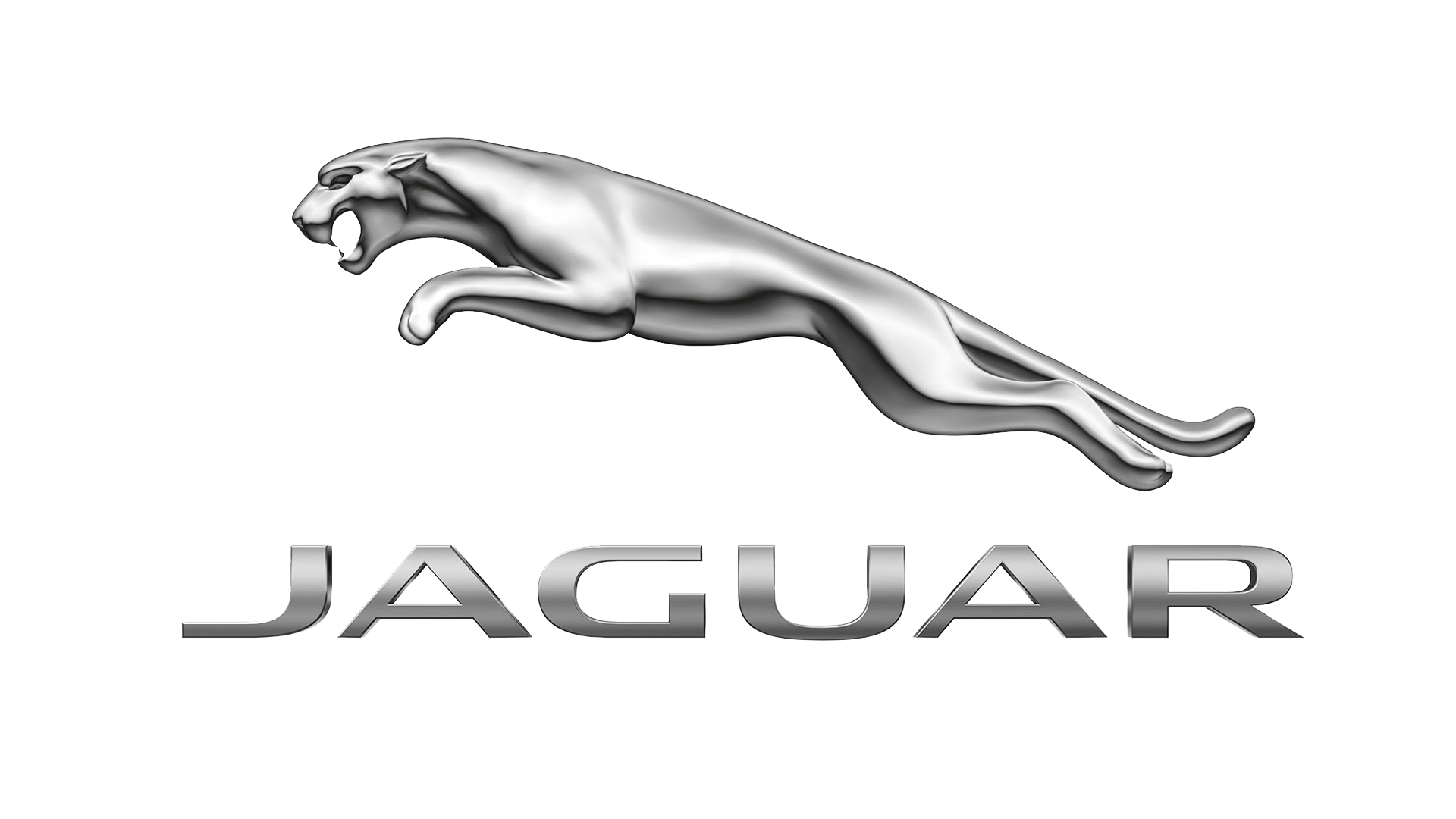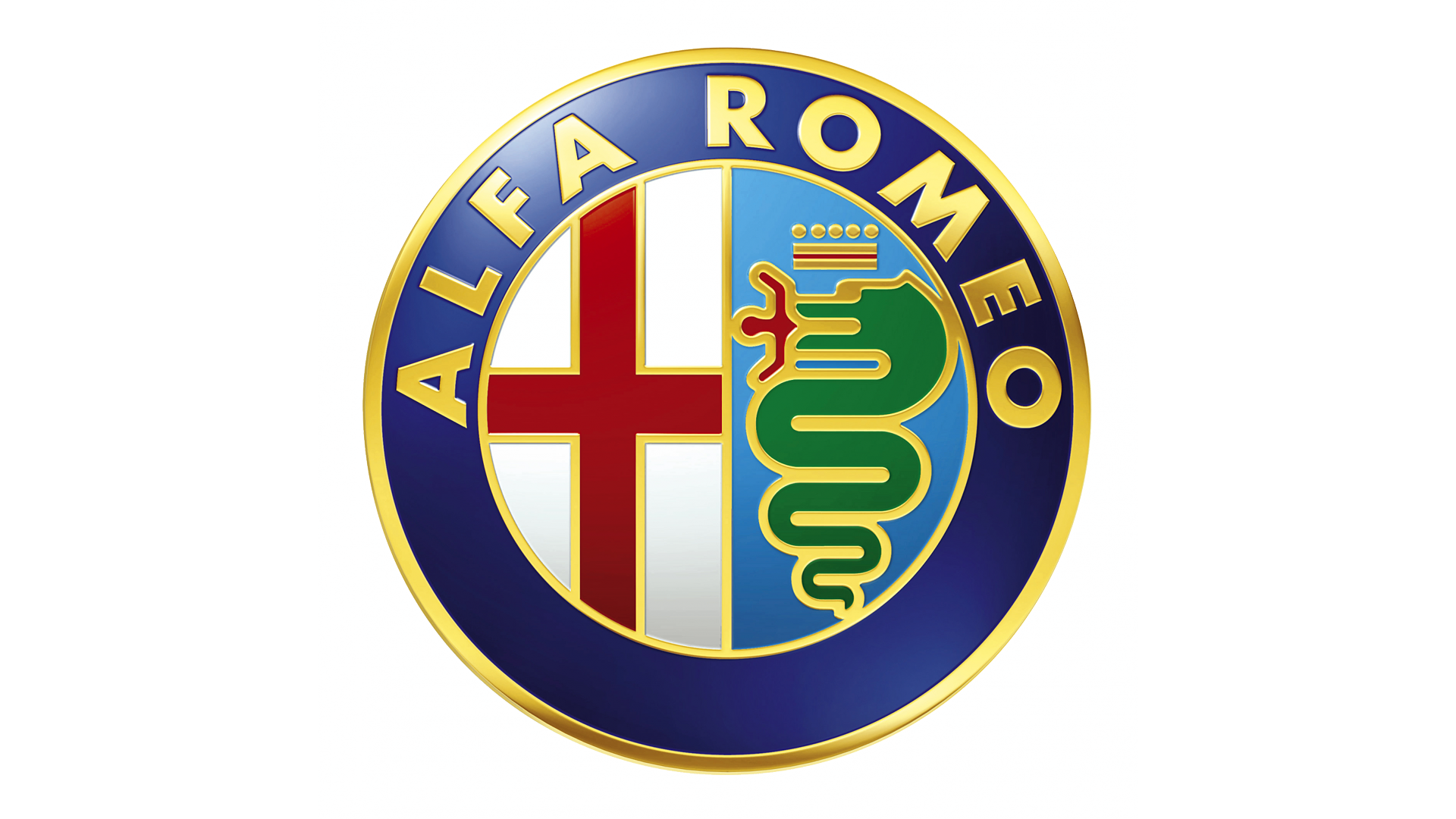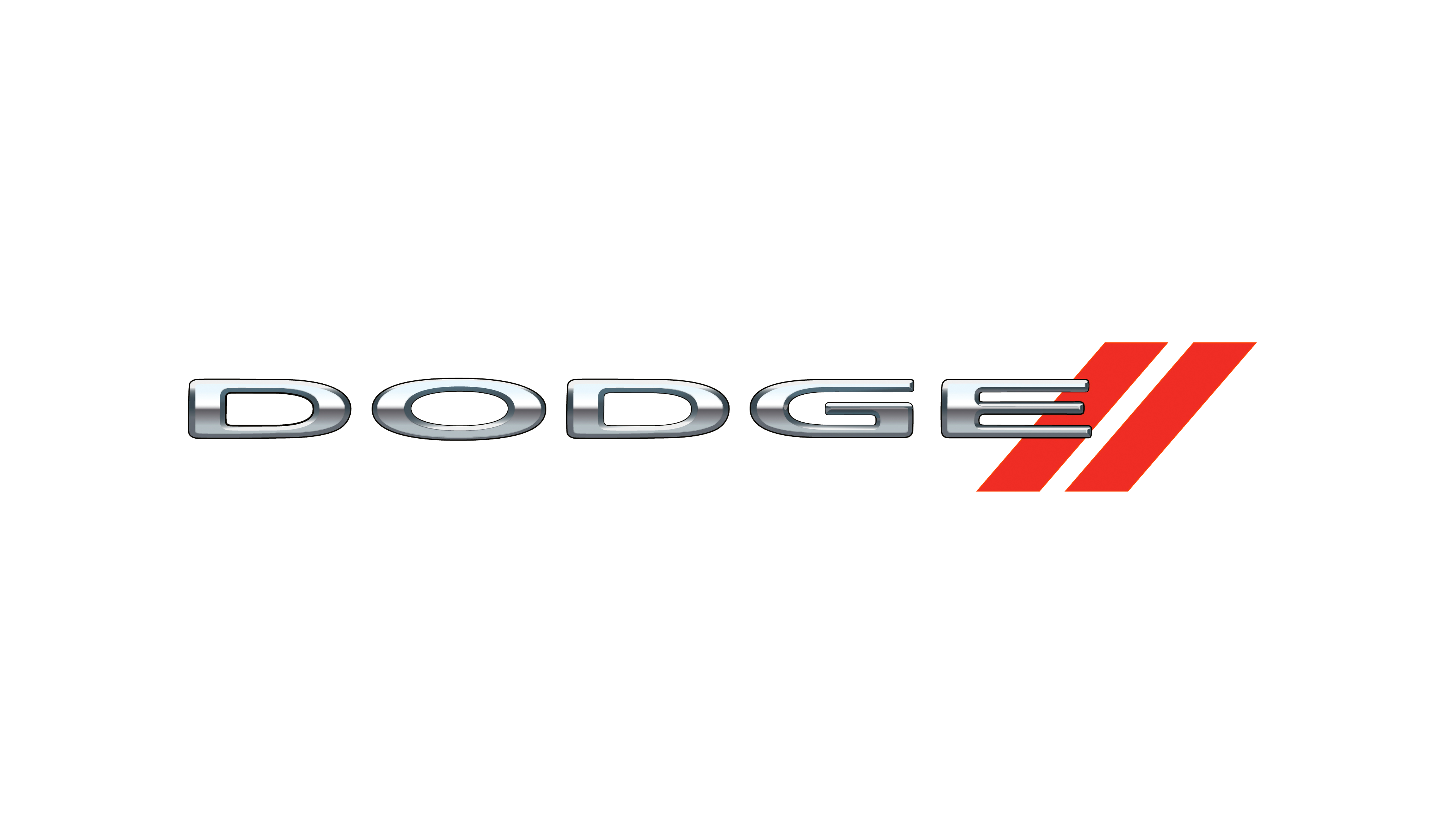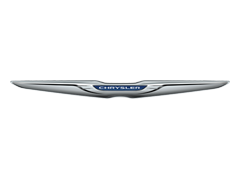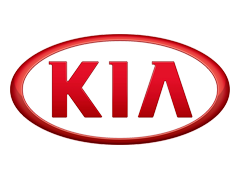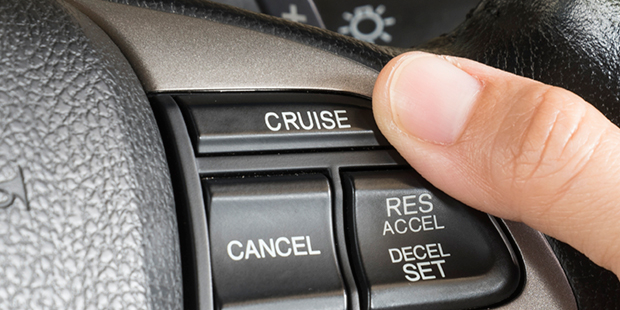Cruise control (also known as speed control, cruise command, autocruise, or tempomat) is a system that automatically controls the speed of a motor vehicle. The system is a servomechanism that takes over the throttle of the car to maintain a steady speed as set by the driver. The driver must bring the vehicle up to speed manually and use a button to set the cruise control to the current speed.
All cruise control systems must be capable of being turned off both explicitly and automatically when the driver depresses the brake, and often also the clutch. Cruise control often includes a memory feature to resume the set speed after braking, and a coast feature to reduce the set speed without braking. When the cruise control is engaged, the throttle can still be used to accelerate the car, but once the pedal is released the car will then slow down until it reaches the previously set speed.
The cruise control takes its speed signal from a rotating driveshaft, speedometer cable, wheel speed sensor from the engine's RPM, or from internal speed pulses produced electronically by the vehicle. Most systems do not allow the use of the cruise control below a certain speed - typically around 25 or 30 mph (40 or 48 km/h)
GUIDELINES OF USING CRUISE CONTROL
Ø Evaluate the driving conditions on the interstate. Cruise control is not designed to be used in hazardous weather conditions. Use good judgment when deciding to apply your vehicle’s cruise control. Check for any oncoming obstacles before applying cruise control, particularly if it is your first time to use the system. Using cruise control in such weather conditions would be a bad call even if the road seems empty
Ø Build your speed. If driving on an interstate, the speed limit is generally between 55 and 65 miles per hour. This speed range is ideal for cruise control. Do not attempt to set your vehicle’s cruise control at a speed that is above the legal limit. This is both dangerous and unwise.
Ø Once you reach your desired speed, turn the cruise control system on. In most vehicles, the buttons that control the cruise control system appears on the steering wheel. You should check your owner’s manual and locate these buttons when the car is not being driven to avoid an accident. In most cases the system is switched on by pressing a bigger button which says cruise.
Ø After the cruise control system is activated, set the cruise control. This will likely entail simply pressing another button on the steering wheel. After the cruise control is set, you may remove your foot from the accelerator. The car should maintain its speed.
Ø When driving a vehicle that is being accelerated by a cruise control system, it is important to watch the road carefully. Your reaction time will be slower because you will have to deactivate the cruise control system before you slow down or stop.
ADVANTAGES OF USING CRUISE CONTROL
v Increased fuel efficiency.
v It is useful for long drives (reducing driver fatigue, improving comfort by allowing positioning changes.
v It is advisable for the drivers to use it to avoid violating speed limits.
However as much as cruise control is useful to the drivers, when used incorrectly it may lead to severe accidents due to some factors;
· Encourages drivers to pay less attention to driving, increasing the risk of an accident
· Speeding around curves that require slowing down
· Hazardous weather conditions
In a nutshell, on vehicles with a manual transmission, cruise control is less flexible because the act of depressing the clutch pedal and shifting gears usually disengages the cruise control. The "resume" feature has to be used each time after selecting the new gear and releasing the clutch. Therefore, cruise control is of most benefit at motorway/highway speeds when top gear is used virtually all the time







